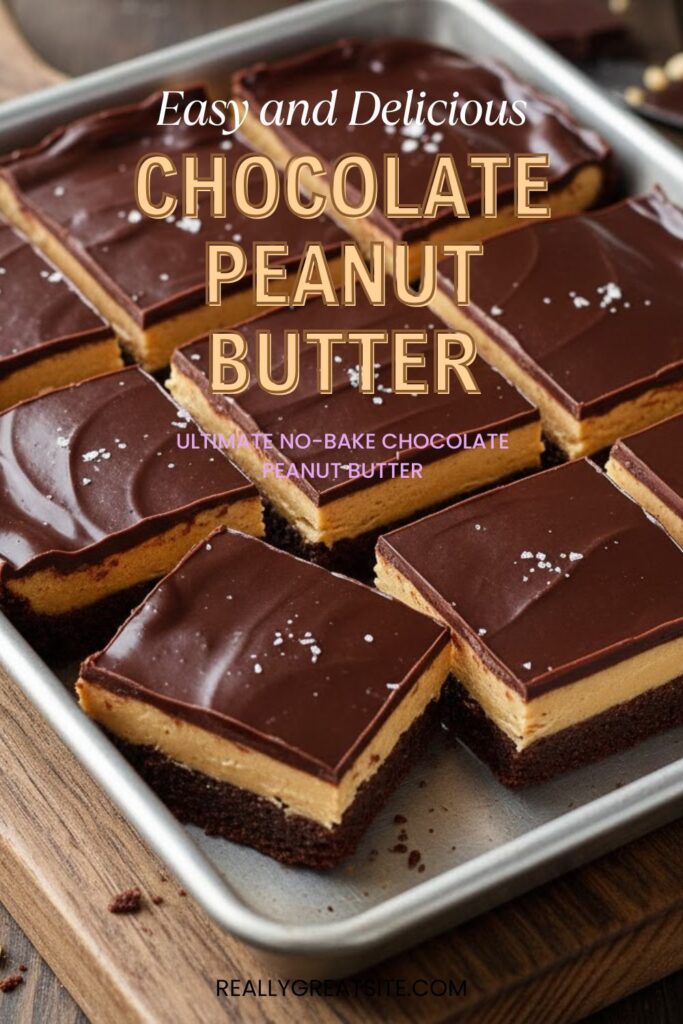Stop Paying $6! Your Guide to Pulling a Perfect, Sarcastic Espresso Shot at Home
Let’s talk about the morning ritual. You drag yourself out of bed, your brain is operating at 30%, and all you really want is a small, intense cup of ambition. So you shell out six bucks for a shot of espresso that was pulled by a teenager who definitely doesn’t love coffee as much as you do. Does that sound like a winner? Absolutely not! Stop outsourcing your life force! You need to master the art of the espresso shot at home. Yes, it has a steep learning curve, and yes, it requires slightly more effort than pouring cereal, but the results—a tiny cup of deep, rich, caffeinated gold topped with a perfect stripe of crema—will make you feel like an actual genius. Why trust some guy named Chad when you can trust yourself?
Why This Recipe Is Awesome (It’s Pure, Uncut Power)
This isn’t just about coffee; it’s about control, flavor, and financial responsibility (kind of). This recipe is awesome because:
- Unrivaled Flavor Control: You choose the beans, the grind, and the pressure. You dictate the destiny of your caffeine. The difference between a fresh-ground, perfectly pulled shot and stale coffee shop sludge is like night and… well, day.
- The Crema Flex: Nothing screams “I know what I’m doing” quite like a thick, tawny layer of crema floating atop your shot. This recipe teaches you how to achieve that silky, rich foam that proves your shot is perfect. It’s the crown for your coffee king.
- Speed and Savings (Eventually): Once you dial in your settings (and stop accidentally shooting grounds across the kitchen), pulling a shot takes about 30 seconds. Think of all the money you’ll save! Just try not to spend it all on new, fancier gear. That’s the real trap, IMO.
Ingredients: Tiny List, Huge Stakes
Unlike baking, the ingredients list is deceptively short. Don’t let the simplicity fool you; quality here is everything.
- 18-20 grams Freshly Roasted Coffee Beans: This is the heart of your shot. Use beans roasted specifically for espresso (often darker or a blend) and look for a recent roast date (within the last 2 weeks is ideal). Old beans make sad espresso.
- Filtered Water: Non-negotiable. Tap water introduces minerals and flavors that ruin the shot and slowly destroy your expensive machine. Seriously, treat your water right.
Key Substitutions:
- Espresso Roast Beans: You can use medium-roast beans, but they often require a finer grind and slightly different temperature to extract properly. Don’t use light roasts unless you are a masochist.
- Filtered Water: Use bottled spring water if you don’t have a good filter system. Avoid distilled water, as it lacks the minerals needed to carry flavor.
Tools & Kitchen Gadgets Used: Your Barista Toolkit
You can’t cheat physics. Good espresso requires specific gear. Get ready to embrace the expensive hobby!
- Espresso Machine: The main event. Whether it’s a semi-automatic or a fancy dual-boiler, this pushes the high-pressure water (around 9 bars) needed for true espresso.
- Burr Grinder: CRITICAL. This is arguably more important than the machine. You need a high-quality conical burr grinder capable of producing a consistent, super-fine, powdery grind suitable for espresso. Don’t cheap out here!
- Digital Scale (0.1g accuracy): Precision is everything. You must weigh your beans (dose) and weigh your final shot (yield). No guessing!
- Tamper: For compressing the coffee grounds (the “puck”). Get one with a comfortable handle and a flat, snug base.
- Portafilter: The handled basket where you place the grounds. Use a double-shot basket for the standard 18-20g dose.
- Knock Box: For dramatically banging out the used puck. Necessary for a tidy setup and some satisfying catharsis.
- WDT Tool (Weiss Distribution Technique): A small tool with thin needles used to stir the grounds in the basket before tamping. This eliminates clumps and prevents channeling. Your secret weapon against a bad shot.
- Small Shot Glasses or Espresso Cups (Demitas): The tiny vessels of glory.
Step-by-Step Instructions: The 30-Second Sprint to Success
This is the ritual. You must perform it with the focus of a surgeon and the intensity of a coffee addict.
Step 1: Preheat Everything (5 Minutes)
- Turn on your espresso machine and let it preheat for at least 15-20 minutes. The machine needs to be thoroughly hot, especially the group head and portafilter. Cold metal ruins the extraction.
- Lock the portafilter into the group head while it heats. It acts as a necessary heat sink.
Step 2: Grind with Precision (1 Minute)
- Weigh out your 18-20g of fresh beans using your digital scale. This is your Dose.
- Grind the beans to a super-fine, powdery consistency that resembles a mix between powdered sugar and fine sand. (You will adjust this daily, I promise.)
Step 3: Puck Prep Like a Pro (2 Minutes)
- Place the portafilter on the scale and transfer the grounds into the basket.
- Use the WDT tool to stir the grounds vigorously for 10-15 seconds. Break up all clumps and distribute the coffee evenly. Level the surface. This is critical!
- Use your tamper to compress the grounds with firm, even pressure. Keep it level! A slanted puck is a disaster waiting to happen.
Step 4: Flush and Lock (30 Seconds)
- Quickly remove the portafilter from the machine.
- Flush the group head by running the pump for 2-3 seconds. This clears old water and helps regulate temperature.
- Immediately lock the portafilter into the group head. You want minimal delay here.
Step 5: The Sacred Shot (25-30 Seconds)
- Place your small cup on the scale and tare it to zero.
- Start the pump and simultaneously start your timer.
- Watch the shot. It should start as a slow drip, then become a thin, even stream that resembles warm honey.
- Stop the pump when your scale reads 36-40 grams of liquid. This is your Yield.
- Your total extraction time should be 25-30 seconds (from the time you hit the switch). If it ran too fast, your grind is too coarse. Too slow? Too fine. You need to adjust the grinder!
Calories & Nutritional Info: Pure, Unsweetened Facts (Estimated)
Espresso is wonderfully clean. Don’t ruin it with sugary syrups (unless you want to, I’m not the boss of you).
- Calories per serving (1 standard double shot): ~1-3 calories
- Protein: <1g
- Fat: <1g (Mostly from the extracted coffee oils)
- Caffeine: ~60-100mg (Highly variable based on beans and extraction)
- Sugar: 0g
Nutritional Notes:
- Espresso contains higher concentrations of antioxidants than regular drip coffee.
- It is an excellent, pure source of caffeine without the added sugars or fats found in many coffee drinks.
Common Mistakes to Avoid: From Barista to Beginner
Learning to pull a good shot is humbling. Avoid these pitfalls to minimize the shame.
- The Old Bean Blunder: Do not use stale coffee. If the roast date is older than four weeks, you won’t get good crema or flavor, regardless of your technique. You need fresh beans.
- Tamping Trauma (Uneven Tamping): A crooked tamp creates an uneven coffee bed. Water rushes through the loose spots (channeling), leading to bitter, uneven extraction. Tamp level every time!
- The Grind Guess: If your shot runs too fast (under 20 seconds), your grind is too coarse. If it barely drips (over 35 seconds), it’s too fine. You must adjust your grind settings until you hit the 25-30 second window. This is the hardest part.
- Temperature Theft: Not properly preheating the machine, group head, and portafilter sucks heat out of the water, leading to under-extraction and sour flavors. Patience is non-negotiable in Step 1.
- Ignoring the WDT: Skipping the WDT tool leaves clumps in your puck. These clumps lead to massive channeling. Always break up the clumps before tamping for even density.
Variations & Customizations: Your Tiny Coffee Kingdom
Once you master the shot, the world of milk drinks opens up.
- The Macchiato Minimum: Add a tiny dollop of foamed milk (about 1-2 teaspoons) to the top of your perfect shot. It’s an espresso with a ‘stain’ of milk. Simple, purist, and strong.
- The Affogato Dream: Pull your hot shot directly over one small scoop of high-quality vanilla ice cream in a cold glass. Is it an afternoon snack or dessert? Who cares! It’s delicious.
- Spiced Cortado Kick: Add a pinch of ground cardamom or cinnamon to your grounds before using the WDT tool. Pull the shot and mix it with an equal amount of textured (steamed) milk for a slightly spicy, strong small drink.
FAQ Section: All Your Tough Coffee Questions Answered
Espresso is complicated. Here are the tough questions people ask Google.
Q1: What is crema and why is it important?
A: Crema is the reddish-brown foam on top of a fresh shot. It’s an emulsion of coffee oils and carbon dioxide gas. It indicates a fresh roast, correct pressure, and a good extraction. It’s the sign of a job well done.
Q2: What is the ideal ratio for an espresso shot?
A: The standard ratio is typically 1:2, meaning 1 part dry coffee grounds to 2 parts liquid espresso. If you use 18g of grounds, you aim for a 36g liquid yield.
Q3: How do I know if my shot is under-extracted or over-extracted?
A: Under-extracted (too fast, pale, thin crema) tastes sour, salty, and acidic. Over-extracted (too slow, dark, thin/patchy crema) tastes bitter, hollow, and chalky. Adjust your grind finer for sourness, coarser for bitterness.
Q4: Why is my espresso always running too fast?
A: Your grind is too coarse. The water runs through the grounds too easily. You need to dial your grinder finer, which increases resistance and slows the shot time.
Q5: Can I use pre-ground coffee for espresso?
A: No! Pre-ground coffee is almost always too coarse and loses too much freshness. You need to grind your beans seconds before pulling the shot to preserve the oils and ensure the correct resistance.
Q6: Should I stir the espresso before drinking it?
A: Yes! The crema is initially intensely bitter. The different layers of the shot extract at different times, creating layers of flavor. Stirring the shot blends these layers and the crema, giving you a balanced flavor.
Q7: What is ‘dosing’ and ‘tamping’?
A: Dosing means weighing the precise amount of dry coffee grounds you put into the portafilter basket (e.g., 18g). Tamping means applying firm, level pressure to compress those grounds into a solid “puck” before brewing.
Final Thoughts: Welcome to the Cult of Crema
You’ve made it through the hardest part of the process, and now you have a tiny, powerful cup of pure joy in your hands. You’ve embraced the science, tolerated the sarcasm, and mastered the espresso shot. Never again will you passively accept bad coffee. Now go forth, conquer your day, and perhaps buy a slightly bigger scale. You’re a home barista now, and there’s no going back.







